Wine tour to Alsace, with wine, food and beautiful landscapes
It is strange this thing with, Alsace and Alsatian wines. But you cannot help loving them, and all the gastronomic goodies from the region. As well as the beautiful landscape and all to pretty, story-book villages.
It is strange this thing with Alsace. When I started to learn about wine a few years ago (quite a few years) Alsace wines were very popular in Sweden, where I was at the time. Very popular!
When you start to try and get your head around wine, tastes and tasting wines Alsace wines are so friendly and helpful. The wines have very distinct characters. Typical varietal characters. Rose water in gewurztraminer. Green apples and steeliness, and high acidity, in the rieslings.
Here in France, where I am now, Alsace is a little known wine region. It is rare to see any Alsace wines prominently displayed on any restaurant wine list. Sometimes you can find them by the glass in cafés, but as often in cafés the wines by the glass is usually not something to write home about.
Unfortunately we drink far too little Alsace wines since we came to France. A bit of a contradiction, isn’t it? But it is precisely because they are hard to find. At least the good ones. (Perhaps all the other countries have bought it all?)
Strange!
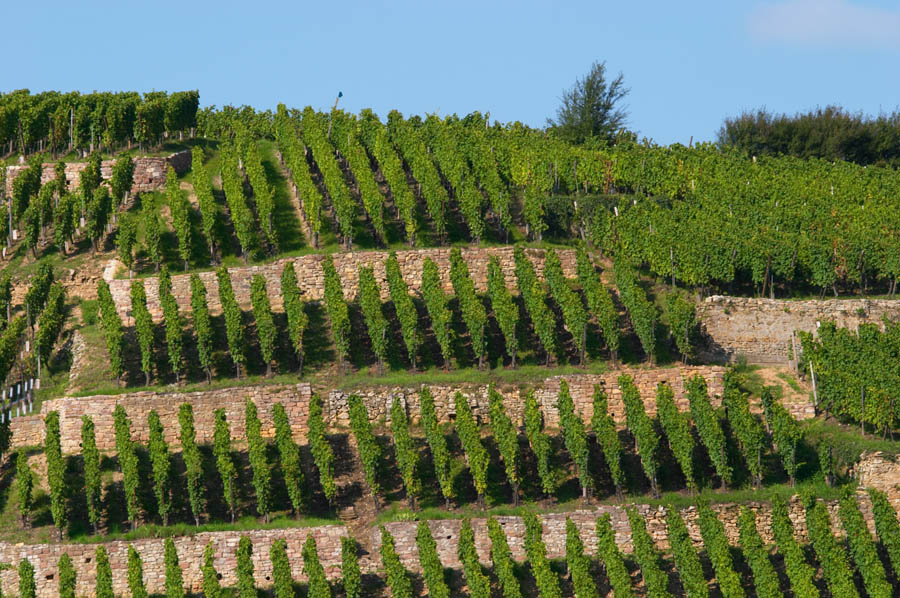
Perhaps the reason is that Alsace does not really feel quite like a French wine region. It is more Germanic. But on the other hand, if you look at it from the other side of the border, from Germany, Alsace is definitely not Germany but very French.
Well, Alsace is simply Alsace!
Good quality Alsatian wines can be magnificent wines! With a wonderful acidity and fresh fruit when young. At a certain age (indefinable, like the age of some ladies) the suddenly flip over and become very different. They become round, honey smooth wonders but still with a very good and fresh acidity. Sometimes with this “petroleum” character, especially if it is riesling, that many commentators turn themselves into knots to explain. Delicious! That too!
But Alsace is not just wine. Alsace has a very unique and own gastronomy even if it is perhaps so famous that one does not always remember that it is Alsatian. Let me start with the sauerkraut. Do you think it sound terrible? So did I. Or so I though once upon a time.
Today I would consider choucroute as one of France’s great gastronomic dishes. Wonderfully refreshing with its acidic edge. Not at all heavy (that’s all the potatoes that come with it). With a sausage (made with plenty of real meat of course), pork of different kinds, yes, one or two potatoes, and other good things. Mustard? Why not. Yummy!
And then we have the burning pie. Tarte flambée, or flammekuechen, better described as a wafer think pizza. But still totally different from pizza.
Or at the haute cuisine end of the scale (albeit perhaps not so PC in some misguided or misinformed circles) the foie gras, the delicious fat liver, more often made from duck than from goose. It goes perfectly with a glass of vendange tardive.
Don’t forget the cheeses (a Munster with a glass of gewurztraminer?), the charcuterie, the stews, the fish, the fruit brandies (eau de vie de mirabelles, from the tiny yellow plums!), etc, etc!
If you have never been to Alsace you have missed some of the most extraordinary little cute villages. Must be among the most picturesque in the world. As you can tell from the word, they look as if they were cut from a picture in some children’s fairy tale. Filled with 18th century (perhaps older?) half-timbered houses. Not one or two houses, it is entire villages! How they can have survived all the wars that have plagued this region is incomprehensible.
So, why this oration about Alsace?
Well, we have just published a sample wine and food tour program to Alsace and I could not help being inspired. Our next tour to Alsace is planned for next autumn. I hope this little Alsace story will make you inspired too!
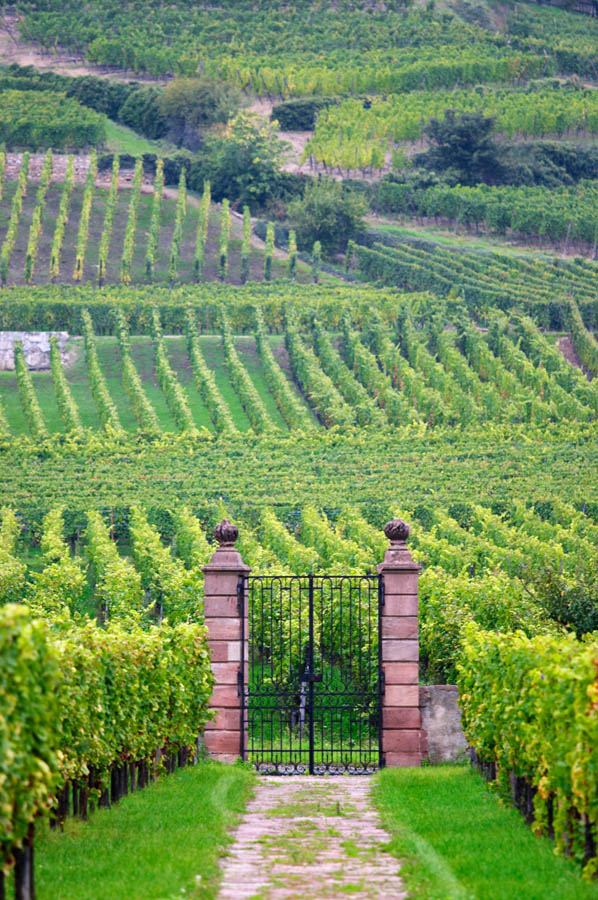

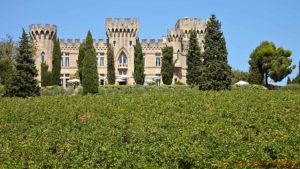
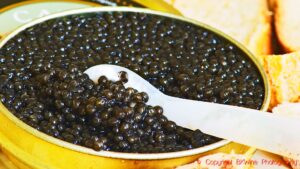

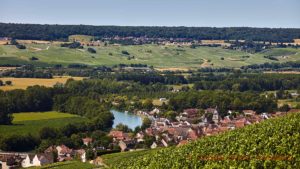

4 Responses
Great to read about Alsace in the BK blog. We have been going there every year since 1988 until we missed last year so this kinds of makes up a little bit. We nearly always stay on the wine road and it really does feel like stepping back in time and a good Alsace riesling in the evening is pure luxury. Although known for it’s white wine in our view some of the Pinot Noir (particularly from the middle part of the wine route (Eguisheim to St Hippolyte) is excellent also.
Over the last few years it appears to us that the wine, particularly the Pinot Blanc is getting sweeter. This isn’t just about the different varieties of the grape (Klevener etc) it appears to be happening across the board with all the producers we know. I would welcome your thoughts.
Apart from the wine there are many more things that are also worth a visit. Last time we went (2011) we went to the Munster Cheese Museum/Factory in Gunspach just outside Munster itself to see how the cheese is actually made. On a more serious note there is Memorial de Alsace Moselle and the European Centre on Resistance Deportation outside the town of Schirmeck which documents the carnage that has been visited on the area in 19th & 20th centuries.
Excellent blog, thanks!
Thanks for your comments and positive words, Tim!
Not sure if the wines are getting sweeter. There has always been quite a few sweet or semi-sweet wines from there. But perhaps you’re right.
One interesting development in recent years is that some producers have started to put a dryness-sweetness scale on the back labels. really helpful since most of the time it is impossible to know from the label if the wine has some sweetness or not!
Dear Tim and Per,
First of all: thanks for the wonderful article about our beloved Alsace!
Please note that there is no doubt among the best wine makers in Alsace, that it is an art making very dry wines full of character combined with a very pleasant acidity (acidité tartrique) – only such wines are perfect company with your meals.
Residual sugar in wine is often used by the wine makers to cover unpleasant defects from poor quality grapes or mistakes during fermentation process – and in case all that doesn’t help: such wines are served ice-cold that you can’t taste anything.
In Alsace, the number of estates producing organic wines is very high: more than 10 % of all wine maker already are certified or under reconversion to organic or bio-dynamic wine making. The number of estates using wild yeast and slow fermentation processes of more than 18 months is increasing. Such adds a lot of complexity to the wines and allows to reduce the sulfite levels dramatically.
Unfortunately so far there is no certificate for such wines – we do have already enough consumer irritating labels on the market – so it is in the hands of journalists to discover such enthusiastic wine makers and their products to inform the consumers. Organic wines are not a quality label, but a label representing the production process: we invite all visitors to visit some of these estates, discuss with the wine makers to learn more about the philosophy and to taste these marvelous wines in this lovely, cute area – our Alsace.
Sometimes, you have to check for some wine makers off the wine route (as so often when traveling): don’t forget, the independent estates in Alsace usually are rather small, i.e. their production is not high enough to supply the super markets or the monopoly in some countries. Visit one of the very good wine shops in Alsace to get some new ideas for excellent quality wine makers and discover the diversity of wines from Alsace.
My post is longer than expected – sorry, but I got carried away by the passion for this area and its wines!
Best wishes and cheers
Bernd Koppenhöfer
Thanks Bernd.
You certainly have enthusiasm for Alsace!. Perhaps it is just as good that there is not yet another certificate or label. What makes the main difference is if the winemaker is talented. And there is no certificate for that…
-Per